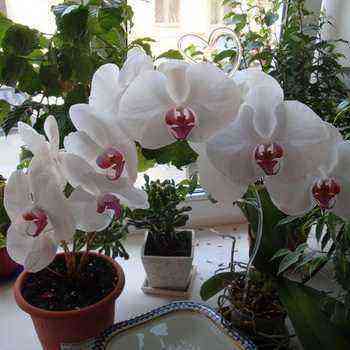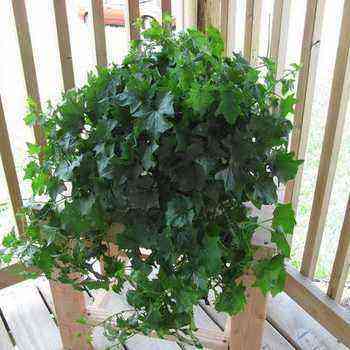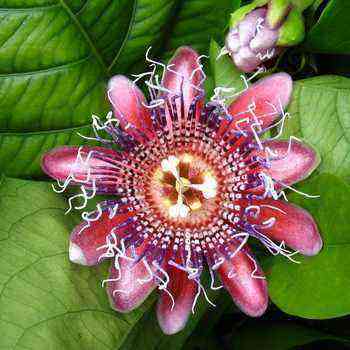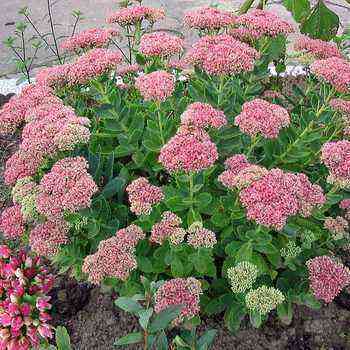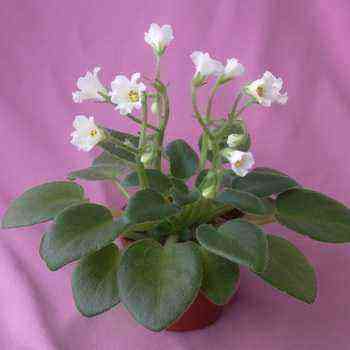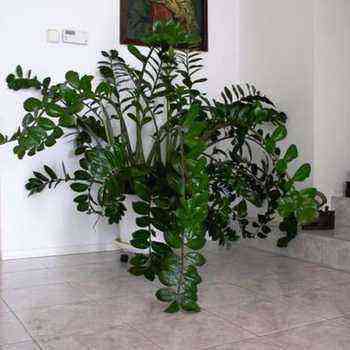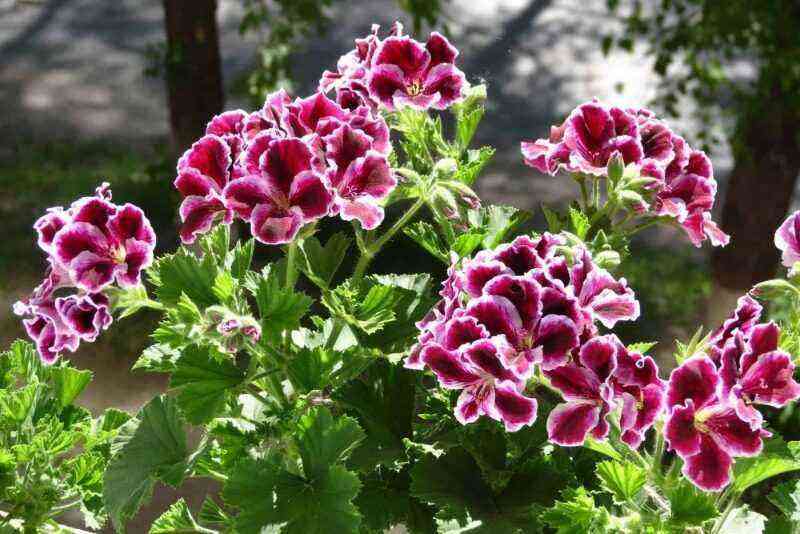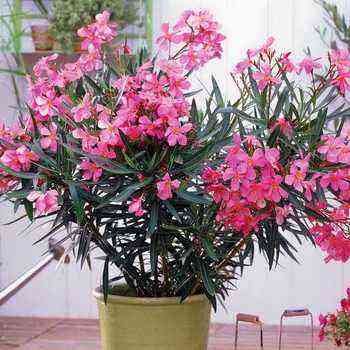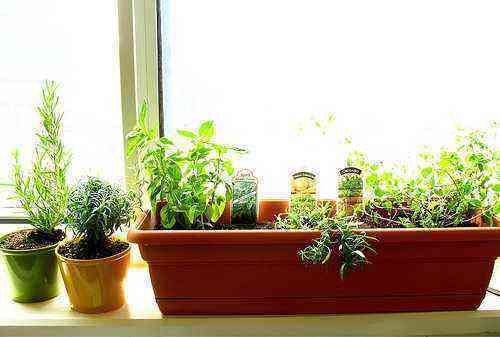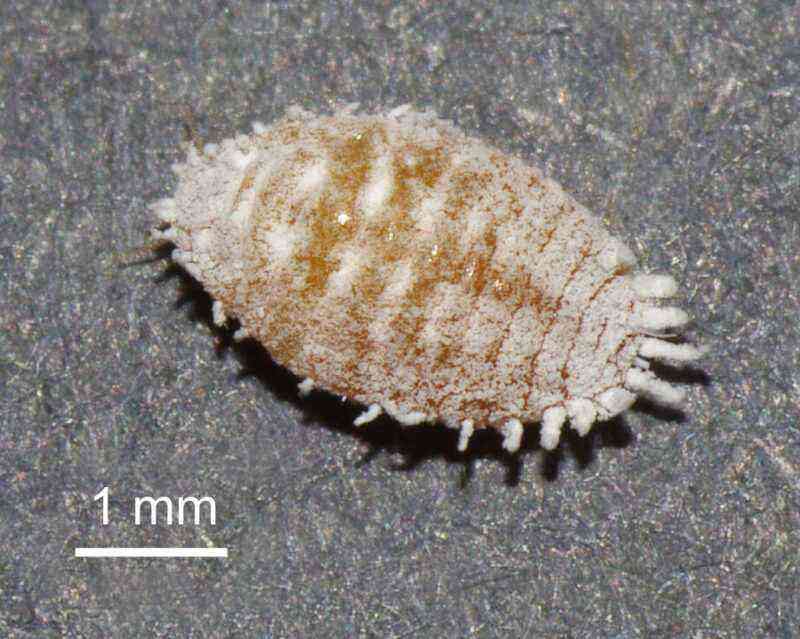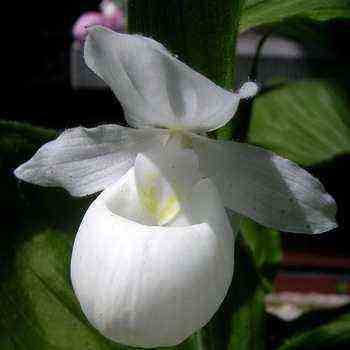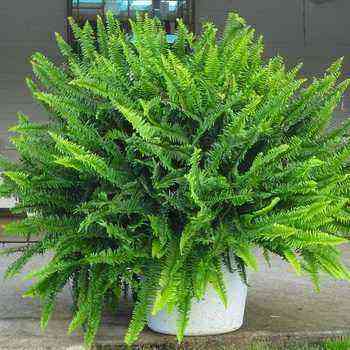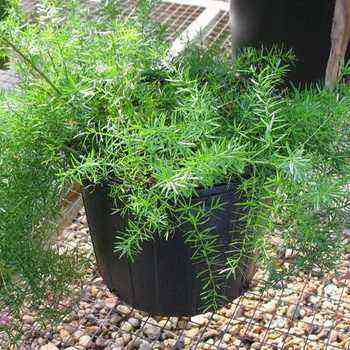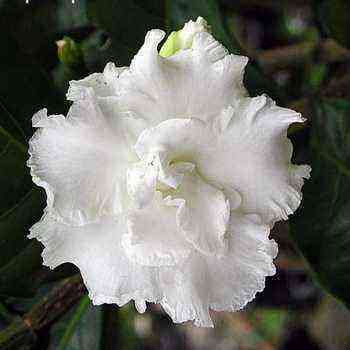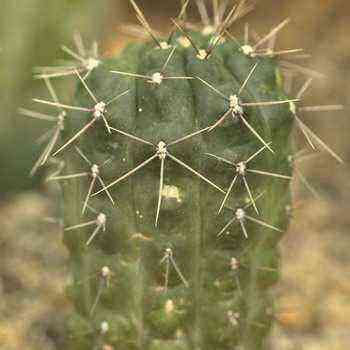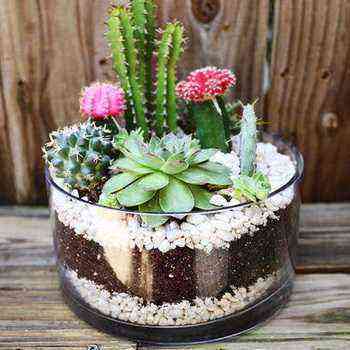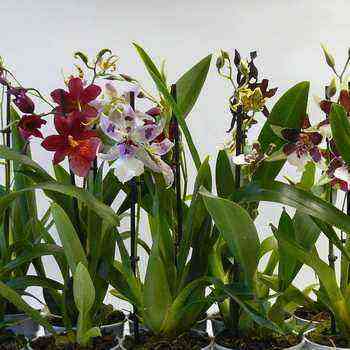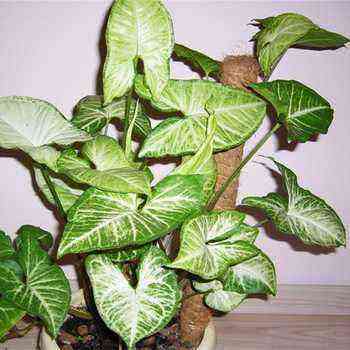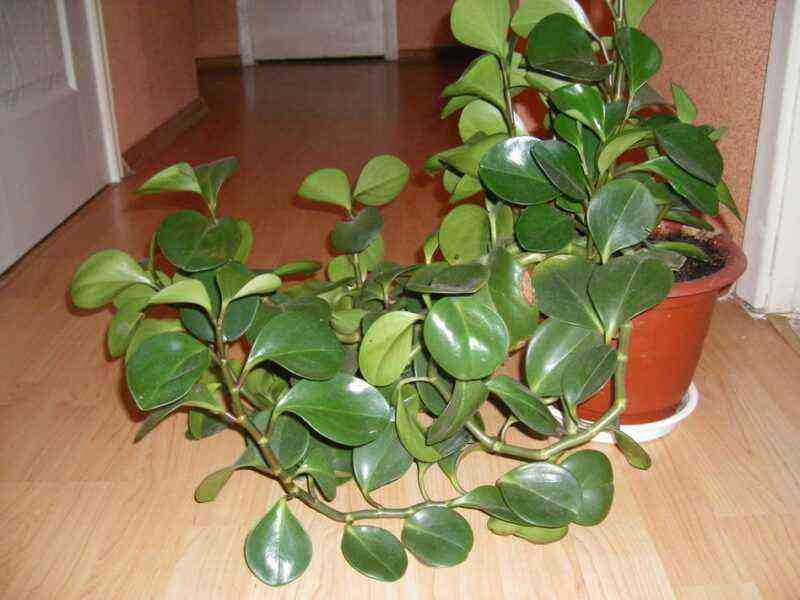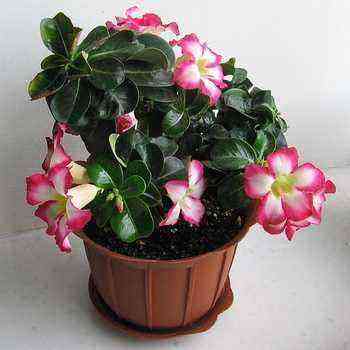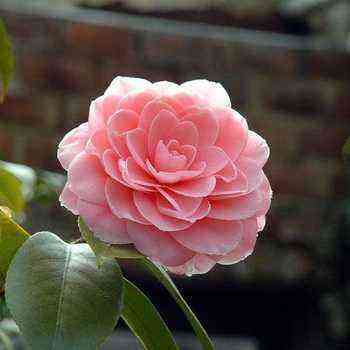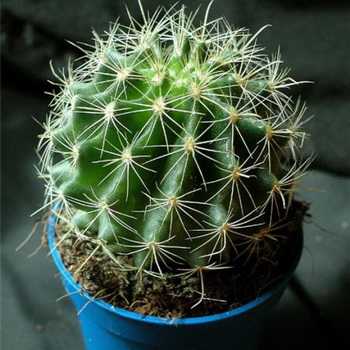 The cactus plant is one of the most mysterious on the planet. These succulents can go for months without moisture and grow in the poorest soils in the complete absence of nutrients. The adaptive characteristics of cacti allow them not only to survive under the scorching sun, but also to bloom. What is the natural feature of cacti, and in what natural environment do they grow?
The cactus plant is one of the most mysterious on the planet. These succulents can go for months without moisture and grow in the poorest soils in the complete absence of nutrients. The adaptive characteristics of cacti allow them not only to survive under the scorching sun, but also to bloom. What is the natural feature of cacti, and in what natural environment do they grow?
Where cacti grow in nature: environmental conditions
The homeland of the thorny plant cactus (from the Greek cactos) is South and North America. The center of the formation of the family is still considered to be South America, from where they spread to the North American continent. Where cacti grow, there can be completely different conditions, because these plants have a huge distribution area, covering different natural zones. This in itself determines a wide variety of plant growth conditions: climatic, zonal and soil. Cacti inhabit tropical forests (epiphytic species growing on tree trunks), savannas, various types of deserts and semi-deserts, and in the mountains they rise to an altitude of 4500 m above sea level. Where else do cacti grow in the wild? Most of these succulents are adapted to live in desert conditions, with low rainfall and a sharp temperature drop from day to night. Particularly harsh habitat conditions for cacti are typical for high-mountainous deserts with their negative night temperatures and the difference between day and night temperatures on the soil surface up to 45 °. To the north, the range of cacti extends to 56 ° N. sh., and south to 54 ° S. sh. The extreme points of the range are mainly reached by representatives of the Opunce subfamily.
The habitat of cacti on the continents is extremely uneven. The greatest species diversity is typical for Mexico, mountain deserts of Peru, Chile, Argentina and Bolivia.
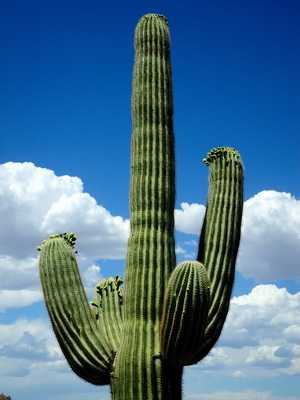

Cacti are plants that have high ecological plasticity. Certain signs of the fitness of cacti allow them to survive not only in North and South America, but also in different natural zones of other continents. Thus, some species of prickly pear were introduced to Western Europe and successfully acclimatized. In the former USSR, prickly pears were acclimatized in the Crimea and the Astrakhan region, as well as in Turkmenistan. Some types of epiphytic cacti are found in the forests of Africa, Madagascar, Sri Lanka and the islands of the Indian Ocean. However, it is believed that they were brought to these places by man.
What family are the thorny plants of the desert cacti: groups and subfamilies
From the point of view of taxonomy, cacti are dicotyledonous plants of the order of cloves, of the Cactaceae family. The order carnation unites plants of very different appearance, belonging to different families.
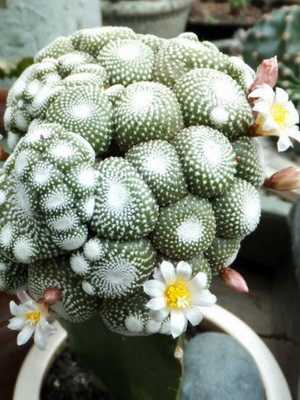
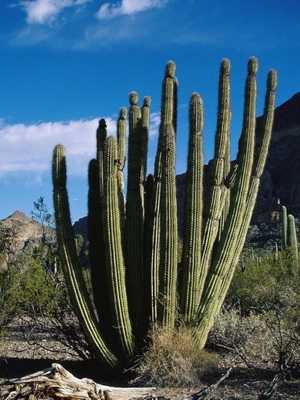
The family, to which the cacti belong, is represented by perennial herbaceous, shrub-like and tree-like forms with a stem height of 2-5 cm (Blosfeldia tiny) up to 10-12 m (Carnegia gigantic). Until now, there is no established and generally accepted taxonomy of the Cactus family. Innovations in this area have not yet become generally accepted and are being disputed by specialists. According to the old and still widespread taxonomy of K. Bakeberg, the family consisted of up to 220 genera and about 3000 species. The presence of so many genera of cacti, these desert plants, has long been questioned. Recently, according to one of the new and most recognized taxonomy of E. Anderson, the number of genera has been reduced to 124. The Cactaceae family is divided into three subfamilies, a description of each of them is presented below.


Subfamily Peireskioideae (Pereskievye) is currently represented by one genus Peireskia, numbering 17 plant species, represented mainly by shrubs up to 8-11 m in height. The peculiarity of these cacti is the presence of a lignified stem, covered with long spines with well-developed or reduced leaves. The thorns help to cling to tree trunks. With age, the leaves lose their color, and during the dormant period in dry seasons they fall off. The flowers are large in the inflorescence, rarely solitary. The color of the flower is white, red, yellow, orange. Berry-like edible fruits. They grow in tropical regions of Mexico, West Indies and South America.
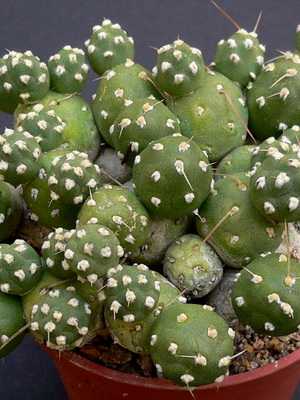
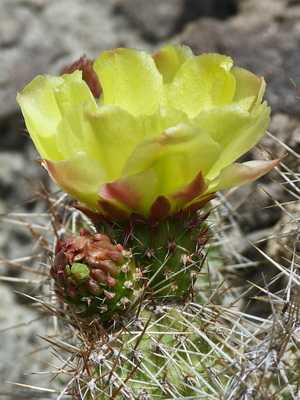
Subfamily Opuntioideae (Opuntia) is represented by cacti with spherical, disc-shaped, oval or cylindrical articulated stems and highly reduced and rapidly falling leaves, with glochidia (small spines) in the areoles. Represented by the genera Austrocylindropuntia, Cylindropuntia, Opuntia, Tephrocactus. The description of the plants of the cacti of this subfamily is as follows: these are erect or creeping shrubs, as well as shrubs, often forming cushion forms. The flowers are large, yellow, orange or white. The fruits are large, edible in many species. Another characteristic feature of the cacti of this subfamily is flat seeds, which, unlike other members of the family, have a hard shell. The subfamily has the largest distribution in the Americas. Opuntia grow from Canada to Patagonia.
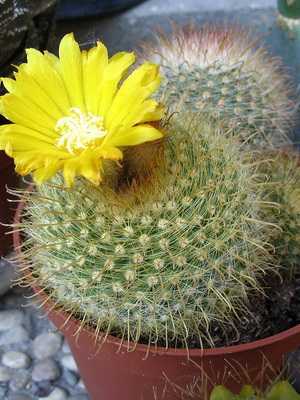
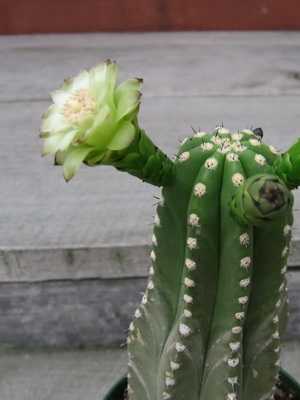
Subfamily Cereoideae (Cereus) Is the most numerous subfamily, represented by various life forms from epiphytes and dwarf globular plants to treelike giants. What are the features of the cacti of this subfamily? Representatives of Cereus do not have leaves and glochidia. The subfamily is divided into two groups (tribes). The group Tropical forest cacti (Hylocereeae) is represented by epiphytes, climbing and creeping cacti with aerial roots: the genera Rhipsalis, Hatiora, Epiphyllum, Selenicereus, Hylocereus, etc.

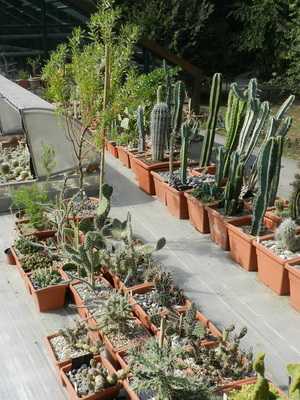
Group Cereus (Segeae) is represented by erect cylindrical or spherical cacti from small spherical and shrub plants to tree-like forms. The area of this group of plants, cacti, is close to the area of Opuntia. It is Cereus that are of greatest interest to collectors, both due to the abundance of genera and species, and due to the diversity of their life forms, as well as a wide variety of stems, thorns and flowers.
Next, you will learn about the morphological characteristics of cacti, how these plants bloom and what are their features.
Morphological features and parts of a cactus plant: features of the stem
The stems of cacti, as already noted, have a different shape. They usually have ribs, most often divided into papillae, which are modified leaf bases. Most often, the ribs are straight, descending from the top of the stem to the base, but they can be spiral and wavy curved. Some cacti have flat ribs and barely rise above the stem. From above, the stems are covered with a skin (cuticle) made of a wax-like substance that protects them from external influences, including moisture evaporation. The cuticle is derived from a deeper layer – the epidermis. From the cells of the epidermis, bundles of elongated capillaries develop, ending on the surface with pubescence, which is able to capture moisture from the air and conduct it to the inner cells of the stem.
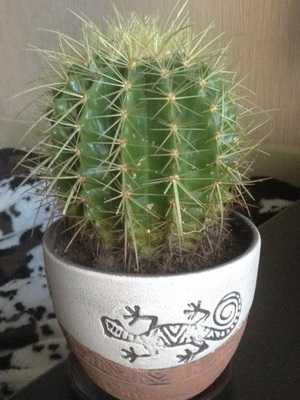
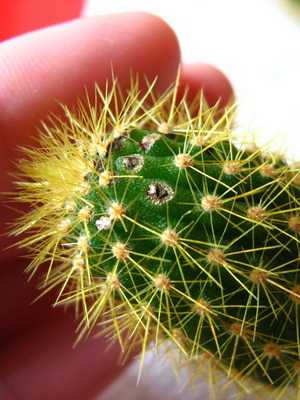
An important morphological feature of a cactus is the presence of thorns. These parts of the cactus plant can also capture moisture from the air and conduct it to the inner cells of the stem. This allows plants to efficiently use the moisture that condenses from the air during temperature changes.
The main difference between the structure of the cactus plant and other succulents is the presence of areoles, which are modified axillary buds. From the areoles located on the ribs of the stem, flowers and fruits develop, as from ordinary buds, and in some species, even leaves. In the vast majority of cacti, areoles have spines and, in addition, may have pubescence of fine hairs. In mammillaria and some other cacti, the areola is divided into two parts. One part is in the sinus (axilla) and the other is at the end of the papilla. Flowers and processes in such cacti grow from the axilla, and spines develop at the end of the papilla. If necessary, the areola with a piece of tissue can be rooted and grafted to create a new plant.
One of the characteristics of the cactus stem is that it grows from the top, where the so-called growing point is located. Due to cell division at the point of growth, the cactus grows in diameter and height. Most cacti grow throughout their lives. Some of the cacti have a finite stem growth. In such cacti, division at the point of growth periodically stops, and new shoots appear from the areoles. That is, the cactus stem has a jointed structure. Violation of the growth point stops the growth of the stem and promotes the appearance of lateral shoots. This feature of the structure of a cactus is sometimes used for vegetative propagation of plants by cutting or drilling a growth point. The stem of cacti contains up to 96% water. A large amount of water, features of the structure of the stem (the presence of ribs, thorns, hairs) and features of the physiology of cacti help them survive in the harsh growing conditions.
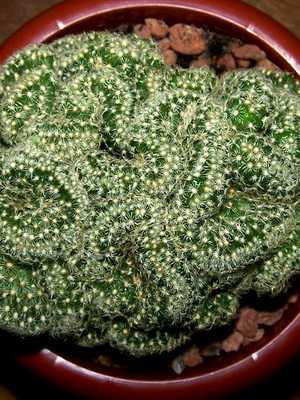
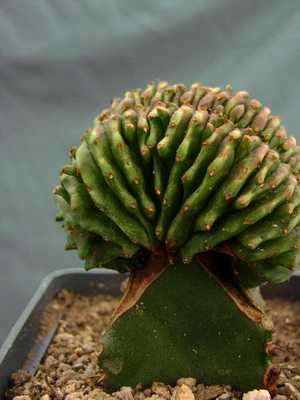
In addition to the usual forms of stems, in nature and in collections there are two forms of cacti with an ugly growing stem: crested and monstrous. Normally, the growth point of a cactus is at the top of the stem. Annual growth of cells in this area increases the height and diameter of the stem. Substances secreted by cells inhibit the growth of the same cells scattered throughout the stem. If this mechanism is violated, cells begin to divide vigorously in different parts of the stem. At the same time, in crested forms, the apical point of growth stretches into a line, and the cactus takes on a comb-like shape, and in monstrous forms, cells begin to grow throughout the stem. As a result, the crested form takes on the appearance of ridges growing in different planes, and the monstrous form has a stem with separate randomly growing, asymmetric areas. These forms are very decorative and are often found in collections. The reason for such deviations is, most likely, a combination of several factors that has not been clarified so far. It is believed that deviations can occur in virtually any type of cacti. Similar phenomena are known among other plants. In addition to the named forms, the collections also contain chlorophyll-free plant forms (variegates) of red, yellow and other colors. Since the photosynthetic apparatus in such plants is absent, they cannot independently assimilate carbon dioxide from the atmosphere and are able to grow only in a grafted state. To maintain the shape of some species of cristates, they are also grafted.
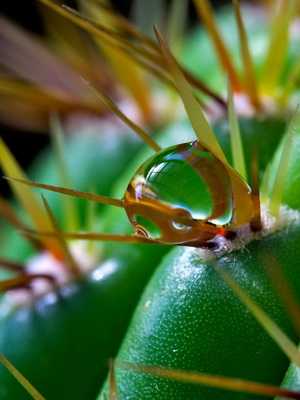

The characterization of the cactus plant would be incomplete without a description of the thorns. Cactus spines are modified kidney scales. They are subdivided into central and radial spines. The central spine (s) is found in the center of the areola. It is usually larger, rounded or flattened, and quite often bears a hook at the end. More numerous and thinner radial spines are located along the periphery of the areola. The tissue of the thorns is saturated with calcium and some other substances that give it hardness. The number of radial spines in one areola can reach ten or more. Areoles of some species, in addition to spines, can bear hairs. Cacti of the subfamily Pereskievs and Opuntsevs bear small and easily breaking off spines on their stems – glochidia. There are types of cacti with flat and thin “papery” spines, for example, some types of tephrocactus. Of all the cacti, only peresky have well-developed leaves.
Adaptive traits of a cactus and adaptation to habitat conditions
The high adaptability of cacti to the environment, to life in adverse conditions is also due to the structure of their roots. Many species have a well-developed superficial root system. This makes it possible to effectively use even a small amount of precipitation. Some types of cacti (for example, the genus Ariocarpus) have a very thickened root, in which a large amount of nutrients are concentrated. This helps the cactus to adapt to its habitat, allows the plant to survive adverse conditions. In some large species, these roots can reach a weight of several kilograms.
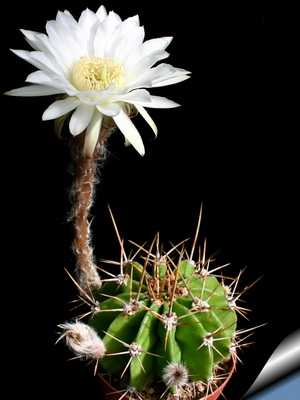

For a number of species of the genus Echinopsis, Submatucana and others are characterized by lateral processes growing on the main stem, capable of giving roots themselves. Having broken off from the stem, they quickly take root. On the roots of other cacti, buds are formed, giving life to new plants (root suckers). In epiphytic cacti, aerial adventitious roots grow on the stems, giving the plant additional moisture and attachment to the substrate.
How a cactus blooms: signs, a description of the structure of a flower and a fruit
Cactus flowers are solitary, in most cases located at the top of the stem, one at a time in the areola. They have a variety of colors, with the exception of blue. The structure of a cactus flower includes numerous stamens and a stigma of the pistil. In some species, they can differ in color, for example, yellow stamens and green stigma of the pistil in Echinocereus. Flowers appear on both old and young areoles.
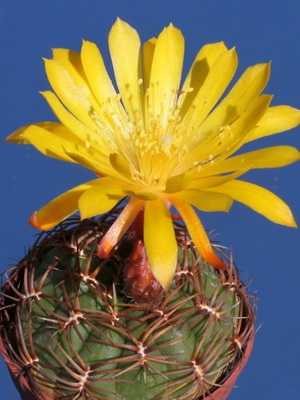

There are types of cacti in which flowers develop on a special organ – cephalia (genus Melocactus, Discocactus), which forms at the top of the stem. The cephalic is an accumulation in the flowering zone of a large amount of fluff, hairs and bristles. It increases annually, reaching a height of 1 m in some species. Flowers can also develop on lateral pseudocephaly, for example, in cacti of the genus Cephalocereus, Pilosocereus, etc. The size of cactus flowers varies from small to huge, 25-30 cm long and in diameter (genus Selenicereus ). The flowers of some species have a scent (genus Echinopsis, some species of the genus Dolichothele, etc.). Flowering occurs during the day and night. Most cacti bloom during the daytime in the morning or afternoon. Most often, cactus flowers are bisexual and cross-pollinated. In the homeland of cacti, in addition to the wind, insects and birds, including hummingbirds, participate in pollination.
After flowering, berry-like juicy, less often dry fruits are tied. In many species, they are edible. Fruit sizes vary from 2-3 mm to 10 cm. The largest fruits are found in prickly pears. The fruits can ripen in the current season or next year (genus Mammillaria). A ripe berry can contain from several pieces to hundreds or more seeds. One of the smallest seeds in bloosfeldia, strombocactus and parodies. The large prickly pear seeds have a hard and durable shell. The rest of the cacti have a thin, fragile seed coat. Seed germination of most species lasts up to a year or more, in Cereus and Mammillaria up to 7-9 years. Roseocactus fissuratus has a known case of seed germination after 30 years.
What are the natural features of cactus plants and what are they
Some features of biology and physiology. Cacti are succulent plants (Latin succulentus – juicy). Their stems contain a lot of water. One of the most important physiological features of these plants is a special type of photosynthesis, which is also characteristic of some other succulents. In the overwhelming majority of plants, photosynthesis, which takes place with the absorption of carbon dioxide and the simultaneous evaporation of water, occurs during the daytime. This process, which gives them the opportunity to live and increase their mass, depends on the intensity of solar radiation, temperature and water availability. The Cactus family was formed in the harsh conditions of a hot climate, where large losses of water during the daytime are unacceptable. Therefore, unlike most other plants, cacti have a fundamentally different type of photosynthesis. Its essence lies in the fact that the absorption and binding of carbon dioxide with the release of oxygen occurs not during the day, but at night, through the stomata that are open at this time. The acidity of plant sap becomes very high at night. During the day, when the stomata are closed and prevent the evaporation of water, carbon dioxide is released in the stem and used in the process of photosynthesis.
Thanks to these features of photosynthesis, cacti are able to grow in conditions of a severe temperature regime and a lack of moisture.
Another physiological feature of cacti is their slow growth. The root system and stem of plants are not able to quickly assimilate a large amount of nutrients and just as quickly transform them into an increase in the mass of roots and stems. This feature must be taken into account when cultivating cacti. The desire to quickly grow large specimens due to additional feeding can result in spoiled plant stems and even their death. At the very least, additional feeding should take into account all factors of the environment in which the collection is contained. First of all, the illumination: the higher it is, the more nutritious the soil can be.
Economic and aesthetic value of cacti. At home, cacti have a certain economic value. Their stems are eaten raw and cooked. Fruits are also used for food, mainly prickly pears. Dry stems of large plants are used as fuel and light building material. Cacti are used as livestock feed. Due to the high content of alkaloids and other substances, cacti are used in medicine. A huge number of representatives of the Cactus family are decorative, greenhouse and indoor plants widely cultivated throughout the world.
